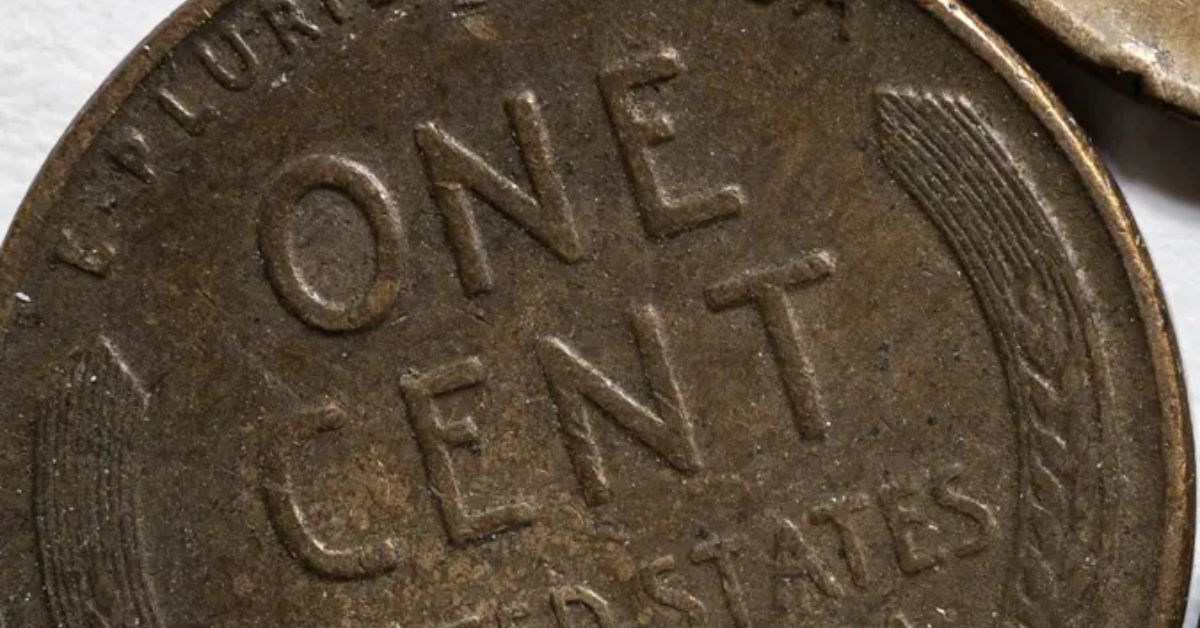Collecting rare and valuable coins can be an exciting hobby, but it requires knowledge and caution to ensure you’re getting the real deal. With multiple platforms and dealers available for purchasing coins, from local shops to international auctions and online marketplaces, it’s crucial to recognize scams and overpricing in this growing field. This article offers insight into avoiding counterfeit coins and overpriced listings, especially when purchasing online.
Where to Buy Rare Coins
This Article Includes [hide]
When starting out as a coin collector, you have several options for purchasing rare and valuable coins. Here are some popular avenues:
- Local Coin Shops: Often a reliable source for finding certified coins, local coin shops allow you to view the coin before purchasing, which is ideal for inspecting authenticity.
- International Dealers: Reputable international dealers are a valuable resource, particularly for collectors seeking rare coins from specific countries or historical periods.
- Auction Houses: Well-known auction houses frequently host coin-specific auctions, where rare items are authenticated and sold to the highest bidder.
- Online Platforms: E-commerce sites like eBay and Amazon offer a wide variety of coins, but it’s essential to be cautious of authenticity, seller reviews, and certification when buying online.
No matter where you buy your coins, it’s crucial to verify the legitimacy of the seller and the coin. Many fake or counterfeit coins are circulated online, and their high prices may deceive new collectors.
An Unusual eBay Listing: Teddy Roosevelt’s Panama Penny
In 2023, a forum on the Collectors Universe website discussed a highly questionable eBay listing. The coin in question was a “1920d Lincoln Wheat Cent/PCGS – Discovery Coin,” allegedly tied to Teddy Roosevelt and the Panama Canal. The coin was listed for a staggering $990,000, or best offer.
One forum user raised an important concern: whether this was a real coin or just “one of those made-up things.” The user also questioned who would make such a large purchase on eBay without confirming the coin’s legitimacy. These concerns are valid, as coins of that value are typically handled by well-known auction houses or certified dealers.
Red Flags to Watch For When Buying Rare Coins
Whether you’re a novice or seasoned coin collector, there are some red flags that should give you pause. Websites like CoinValues.com highlight common signs of potential scams when browsing for rare coins:
- Seller Has Many Negative Reviews: Always check the seller’s reputation. Negative reviews, especially regarding authenticity, should be a clear warning.
- No Picture in the Listing: A coin listing without a photo is suspicious. You should always be able to see detailed images of the coin from multiple angles.
- No Certification: Only trust coins that are certified by recognized grading services such as the Professional Coin Grading Service (PCGS), American Numismatic Association Certification Service (ANACS), Sovereign Entities Grading Service (SEGS), Numismatic Guaranty Company (NGC), or Independent Coin Graders (ICG). This ensures the coin’s authenticity and market value.
- Suspicious Price: If the price seems too good to be true, it likely is. Conversely, an exorbitantly high price for a coin that shouldn’t be worth as much is also a major red flag. For example, JM Bullion values the 1920 Lincoln Wheat penny at around $40, which is a far cry from the $990,000 price tag in the eBay listing.
Why the Lincoln Wheat Penny is So Popular
The Lincoln Wheat penny is one of the most iconic coins in American history, and its origins are tied to former President Theodore Roosevelt. In 1907, Roosevelt sat for a portrait that was intended to be part of a medal awarded to workers who contributed to the construction of the Panama Canal.
The artist, Victor Brenner, was commissioned for the medal, but during their conversations, Brenner mentioned his work on a Lincoln plaque and medal. Roosevelt, impressed with Brenner’s work, supported the idea of introducing the first Lincoln penny, which was minted in 1909.
Today, Lincoln Wheat pennies are cherished by collectors for their historical significance and subtle variations in design. The 1920 Lincoln Wheat penny, for example, stands out due to its age and unique characteristics, making it highly sought after by collectors, though it is usually priced much lower than some online listings might suggest.
Final Thoughts: Do Your Research Before Buying
The world of rare coin collecting offers exciting opportunities, but it also requires vigilance. Whether you’re shopping locally or online, it’s essential to confirm the authenticity of the coin, verify the seller’s reputation, and look for red flags like unreasonable prices or lack of certification. By following these steps, you can avoid scams and enjoy building a valuable coin collection.







I have this coin and want to sell